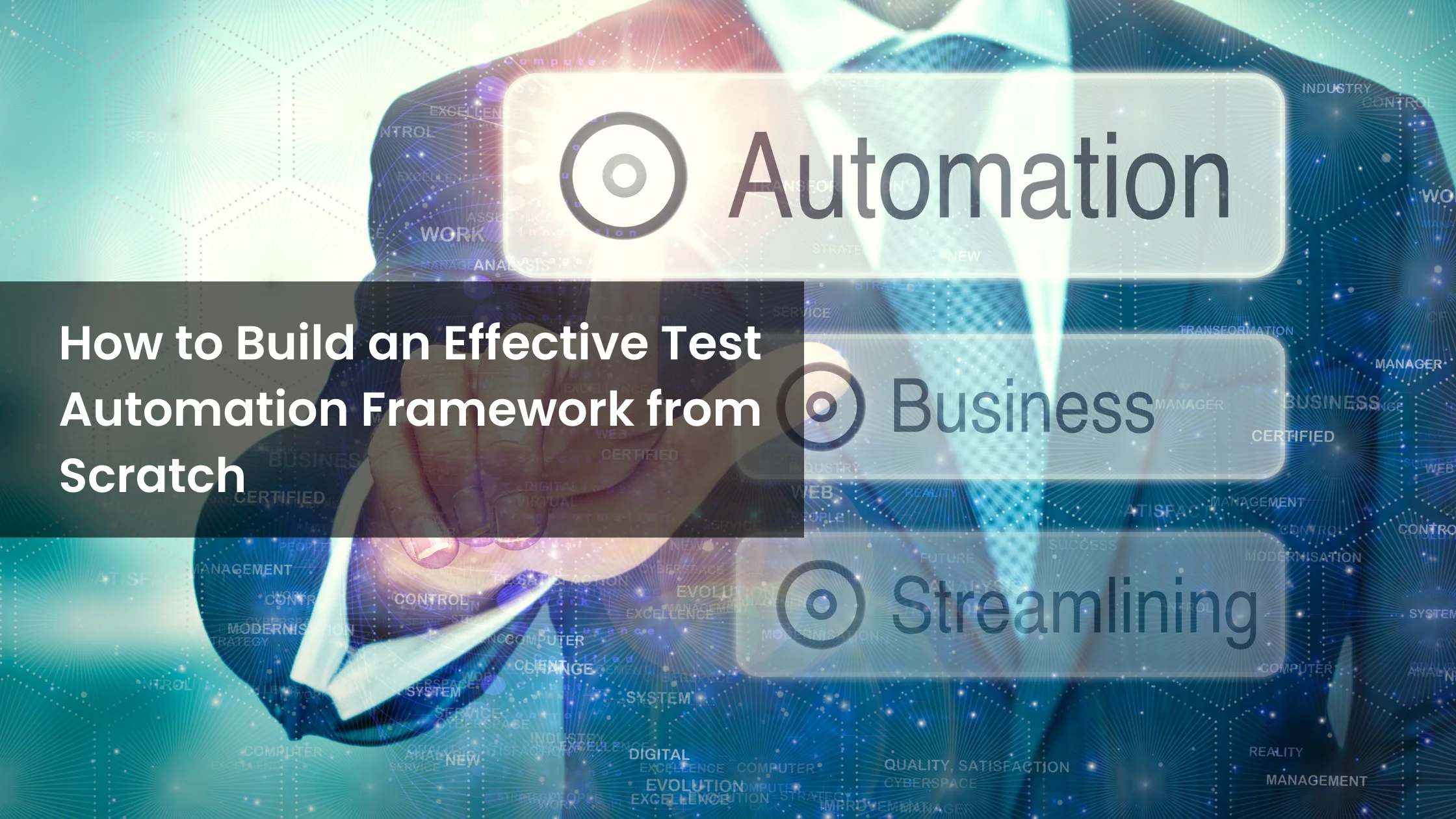Welcome, fellow tech enthusiasts! Today, we’re diving into a topic near and dear to our hearts at Testriq: Test-Driven Infrastructure. If you're navigating the choppy waters of modern software development, you know that stability and reliability are paramount. But how do we ensure that our infrastructure remains rock solid? Enter test-driven infrastructure, a methodology transforming how we approach IT and development. Let's break it down into bite-sized, actionable strategies!
What is Test-Driven Infrastructure?
Before we dive into the strategies, let’s get on the same page. Test-driven infrastructure is an approach where you write tests for your infrastructure before you build it. It’s like having a map before embarking on a journey, ensuring you don’t get lost along the way.
Strategy 1: Automate Everything
In the world of infrastructure, automation is your best friend. Automated testing not only saves time but also ensures consistency and reliability. By using tools like Ansible, Terraform, or Puppet, you can script your infrastructure deployments and updates. But don’t stop there! Automated tests should be part of your deployment pipeline to catch issues before they wreak havoc.
For instance, our automation testing services can streamline your testing processes, making sure that every deployment is smooth and error-free.
Strategy 2: Use Infrastructure as Code (IaC)
Infrastructure as Code (IaC) is the practice of managing and provisioning computing resources through machine-readable configuration files. This allows you to version control your infrastructure the same way you do with your application code. IaC tools like Terraform and AWS CloudFormation are excellent for this purpose.
With IaC, you can apply the same testing principles used in software development to your infrastructure. This includes unit tests, integration tests, and even performance testing. Speaking of performance, our performance testing services are designed to ensure your infrastructure can handle the load it’s expected to bear.
Strategy 3: Continuous Integration and Continuous Deployment (CI/CD)
Implementing CI/CD pipelines is crucial for maintaining a test-driven infrastructure. These pipelines automatically run your tests every time there’s a change in your codebase, ensuring that new changes don’t break existing functionality. It’s like having a vigilant guard that never sleeps.
CI/CD pipelines can integrate various testing tools to run different types of tests, from unit tests to security tests. And, of course, securing your infrastructure is just as important as building it. That’s where our security testing services come into play, identifying vulnerabilities before they become threats.
Final Thoughts
Implementing test-driven infrastructure isn’t just a best practice—it’s a game-changer. You can build a robust, reliable, and scalable infrastructure by automating your testing, using Infrastructure as Code, and integrating CI/CD pipelines. At Testriq, we’re passionate about helping you achieve this level of excellence with our comprehensive suite of testing services.
So, are you ready to transform your infrastructure? Let’s make it happen!
 Building a test automation framework from scratch can seem like a daunting task, but fear not! With the right roadmap and a dash of creativity, you'll be well on your way to creating a robust framework that simplifies testing and accelerates the delivery of high-quality software. Here's your step-by-step guide to kick-start the journey:
Building a test automation framework from scratch can seem like a daunting task, but fear not! With the right roadmap and a dash of creativity, you'll be well on your way to creating a robust framework that simplifies testing and accelerates the delivery of high-quality software. Here's your step-by-step guide to kick-start the journey: